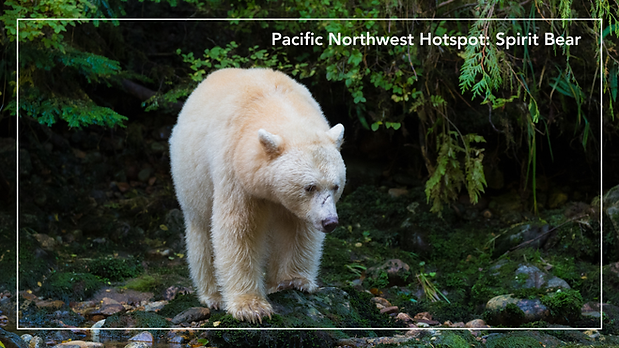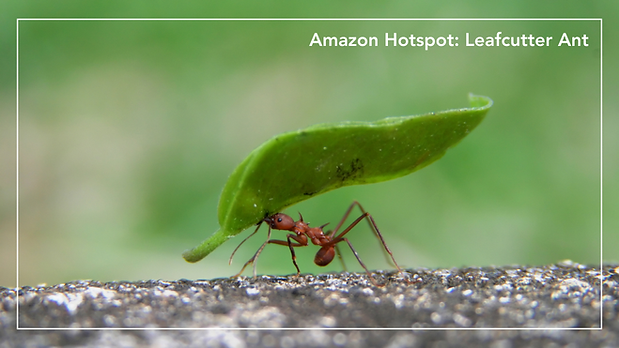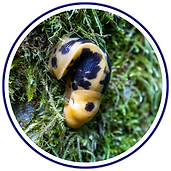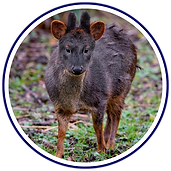
Global Restoration
ECOSYSTEM ENGINEERS
Nature’s Builders, Our Greatest Teachers
To Heal Ecosystems, We Must Support Their Natural Architects
In nature, some species don’t just survive in their habitats — they shape them.
These are ecosystem engineers: living beings that transform the world around them by building, digging, pruning, burrowing, or dispersing what other species need to thrive.
When we restore ecosystems, we don’t just plant trees, we support the species that help those trees, and everything around them, grow strong for generations to come.

What are Ecosystem Engineers?




They're Nature's Architects, Caretakes, and Builders
Ecosystem engineers are species that directly alter the environment in ways that benefit the entire ecosystem. From spreading seeds and enriching soil to creating shelter and regulating water flow, their actions ripple out to influence hundreds, even thousands, of other species.
Some do their work aboveground, shaping forests leaf by leaf.
Others dig deep or carry life from one place to another.
But all of them play a critical role in keeping the planet’s ecosystems alive and resilient.
Why They Matter
Ecosystem engineers are the unsung heroes of forest restoration. When we protect and support them, we accelerate healing and give nature the tools to care for itself.
These species aren't just important.
They’re irreplaceable.
Many are endangered or overlooked, quietly doing the work that allows entire ecosystems to function.
By prioritizing them in our restoration strategy, we help nature rebuild from the inside out.
Our Flagship Engineers: Gibbons
Gibbons are our starting point — and our symbol.
As frugivorous primates, gibbons disperse seeds across vast areas as they swing through the forest canopy. Their movement patterns help regenerate forests, maintain biodiversity, and support habitat complexity.
But gibbons are also cultural and ecological bridges.
Found across Southeast Asia, they represent a deeper truth: that when species are in harmony with their environment, everyone thrives.
When gibbons are thriving, so is the forest.
.
Engineered by Nature
In each of our six Biodiversity Hotspots, we highlight and support ecosystem engineers that keep those ecosystems healthy and dynamic.
Here are just a few:
.png)
Beavers (Castor canadensis)
Create wetlands that support biodiversity and regulate water.
.png)
Pileated Woodpeckers (Dryocopus pileatus)
Excavate tree cavities used by birds, bats, and insects.
.png)
Eastern Box Turtle (Terrapene carolina carolina)
Disperse seeds, enriching forests with life.
.png)
White Oak (Quercus alba)
Supports hundreds of species and improves soil biodiversity.

A Living Connection for Our Members
PowerSeekers and Gibbon Guardian members don't just read about these species — they monitor them, advocate for their protection, and incorporate them into our restoration efforts.
We teach our members how to spot the signs of an ecosystem engineer in action, why they matter, and how their recovery is linked to our collective future.
It’s more than science, it’s a mindset of respect, care, and connection.
By restoring the ecosystems that engineers help sustain, we restore the relationship between people and the planet.

Every Species Has a Role. So Do We.
The Earth has always known how to heal — it just needs the space, the time, and the right support. By protecting and supporting the species that shape their ecosystems, we’re not just restoring land. We’re restoring harmony, reciprocity, and our rightful place in the web of life.
This work isn’t symbolic. It’s tangible. Trackable. Transformational.
And it’s only possible with people like you — people who care enough to act.
Because when we show up for nature,
nature shows us what’s possible.
Ready to Restore With Us?
This is your moment. Restore balance. Reclaim your role. Join our community. Reconnect with nature.
.png)
.png)
.png)
.png)
.png)
.png)
.png)
.png)
.png)
.png)
.png)
.png)
.png)
.png)
.png)
.png)
.png)
.png)
.png)
.png)